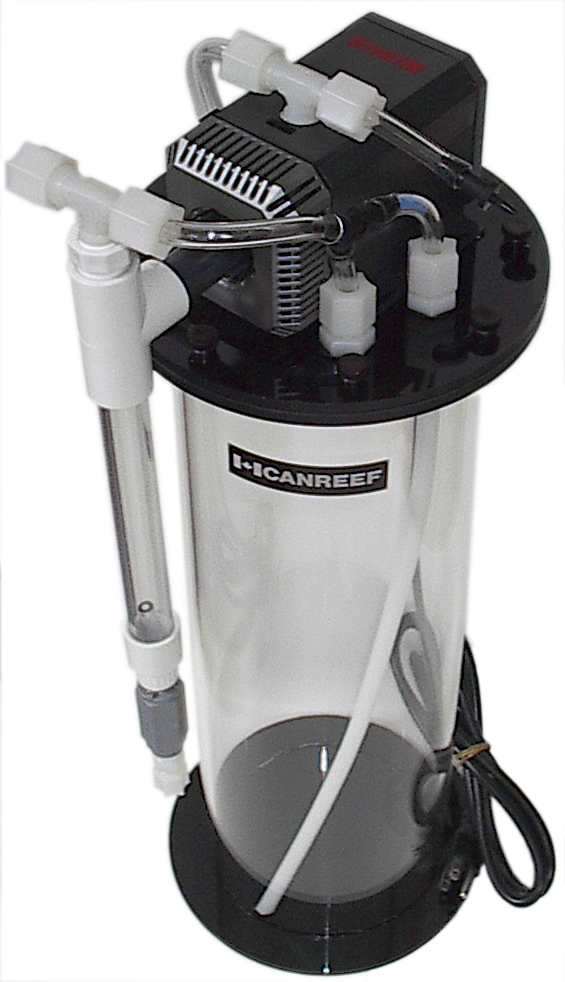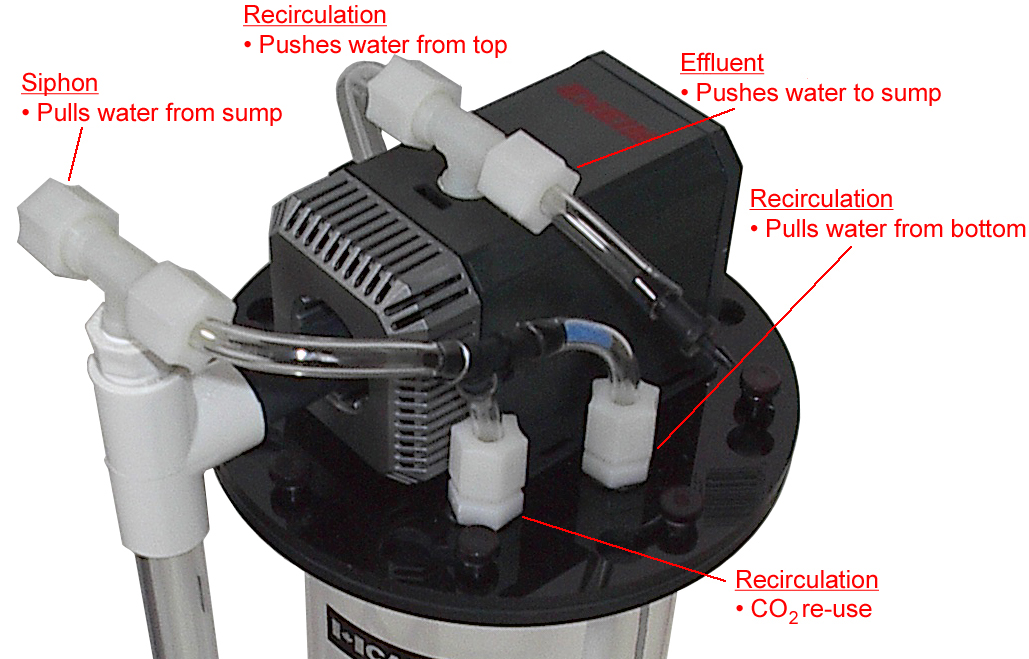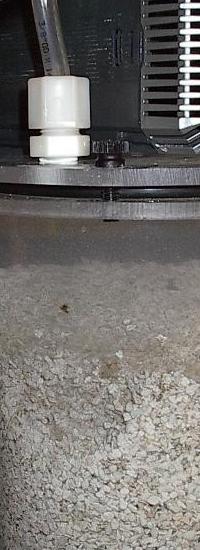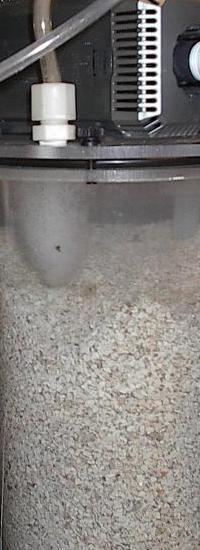| Main Menu |
|
Home Bulletin Board Photo Gallery Survey Chat Library Tell A Friend Contact Us |
| Store Menu |
|
Store Front Company Profile Policies Order Page Custom Work Workshop Skimmers Calcium Reactors Skimmer & Sump CO2 Accessories Neptune Systems Shipping Info Dealer Info |
| Forum Tools |
|
Calender Member Agreement |
| Moderators |
|
Titus Doug Tony Brad |
| Retailers |
|
Reef Crew Perky's Pets Aquariums West Ocean Aquatics JL Aquatics Paul's Aquarium Salt Water Connection Aqua Fx |
| Reefing Links |
|
The Sea The Coral Reef Alliance Marine Aquarium Council Fish Base |
| Ads |

|
|
|||||||||||||||||||||||||||||||||||
|
|
|||||||||||||||||||||||||
|
|
Detailed Description The Model 2 Ca Reactor replaces the original Model 1 design. Note that this is the first and only top mount design that draws water from the bottom of the reaction chamber, exactly the same way as any other bottom mount units. As such, it has a narrower footprint, yet will not cavitate. Most, if not all, other bottom mount design draws water from bottom of the chamber, and injects it back to the top of the reaction chamber. The effluent is also tapped off the top of the reaction chamber and any excess CO2 is therefore pushed out of the reactor, along with the effluent, instead of being re-used. Instead, the Model 2 is the only Ca Reactor that features CO2 re-injection. CO2 is first injected into the pump inlet, being chopped up into many tiny bubbles. Then any excess CO2 that floats back to the top of the reaction chamber is re-drawn into the pump and re-cycled. This is the most efficient design. |
||||||||||||||||||||||||||
|
Calcium Reactor De-mystified To allow coral growth, proper levels of calcium and alkalinity is required for calcification. Natural seawater contains Ca and dkH levels of 400-450ppm and 8o-10o. In order to maintain these levels, regular addition of calcium and carbonates is required and various methods have been proposed: 1. Supplements This is the easiest and simplest of all methods. Supplements of various concentrations and forms (liquid or powder) are available from different manufacturers. While this has always been the recommended method for beginners, it tends to become tedious and expensive overtime. When the system is stocked with more corals, it becomes a burden to manually dose the proper ratio of calcium and dkH buffer. 2. Kalkwasser (Limewater) This method is relatively striaght forward and is used by more experienced aquarists. Calcium Hydroxide CaOH2 powder (available as Kalkwasser powder or food grade pickling lime) is mixed with water to form a very strong basic solution (pH ~ 12). This limewater solution is added by drip method as a mean of water top off to counteract system evaporation rate. Therefore, it is quite common that not enough calcium can be added if the system evaporation is low, or the calcium demand is too high. Because of the high pH, it is recommended that the solution be added during night time, when the system's pH is natrually low. Also, it is important to mix small batches of this make up water because any addition of CO2 would cause precipitation prior to being added into the aquarium. The advantage of using limwater is the ability of precipitating extra phosphate in the system, providing a method of exporting extra phosphate introduced to the system from top off water, water changes, or daily feeding. 3. Calcium Reactor For the serious aquarists who want to maintain the proper level of calcium and hardness, the use of a calcium reactor is the best choice. Other than the initial high cost, running a calcium reactor is the cheapest method of all for 24/7 non-stop addition of the proper ratio of calcium and carbonate ions as demanded by corals. The principle of operation is centered around the following equation:
As illustrated by the above equation, carbon dioxide is injected into the reactor to mix with water, forming carbonate acid with a lowered pH of about 6.5 - 6.8 within the reactor chamber. The acid then dissolve the calcium carbonate media, available in the form of crushed coral, to release calcium and bicarbonate. The entire process is the exact reversal of calcification and therefore, the proper amount of calcium, carbonate, and other minerals including strontium and magnesium are added by dripping the reactor effluent to the system. Over time, calcium reactors serve as the most affordable and easiest method of supplementing a system with all the necessary minerals in a balanced ratio. Because of the slight deviation of pH (6.5 - 6.8 compared to limewater's pH of 12), higher effluent drip rate can be tolerated by the system. As a matter of fact, system pH will eventually be stabilized due to the continuous addition of carbonate ions, which maintain dkH and pH levels. |






